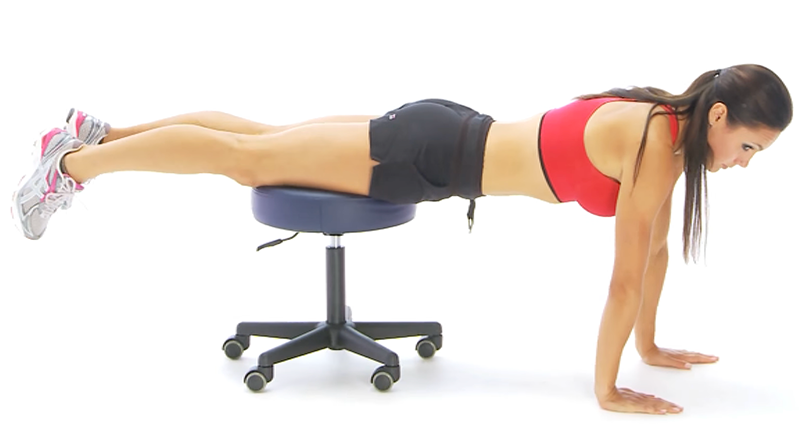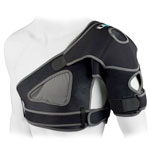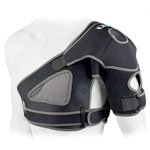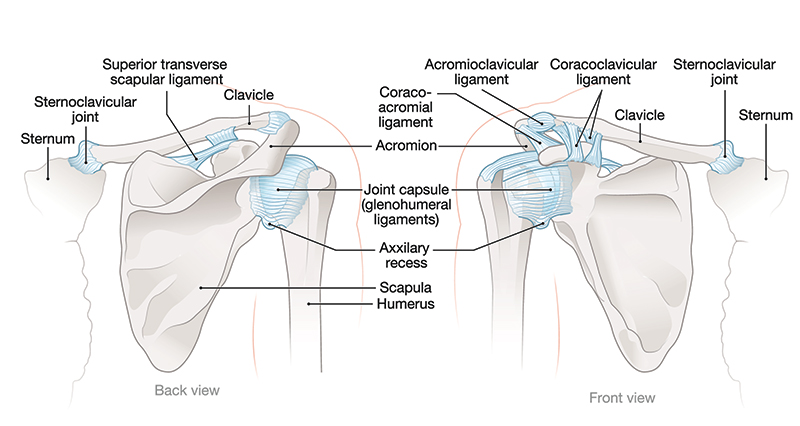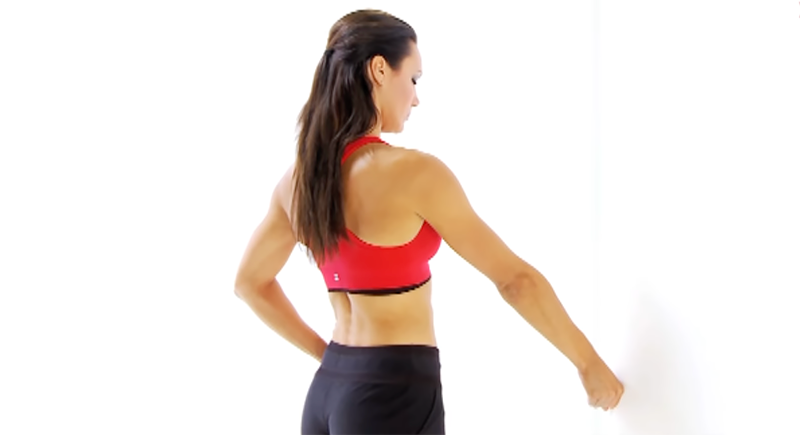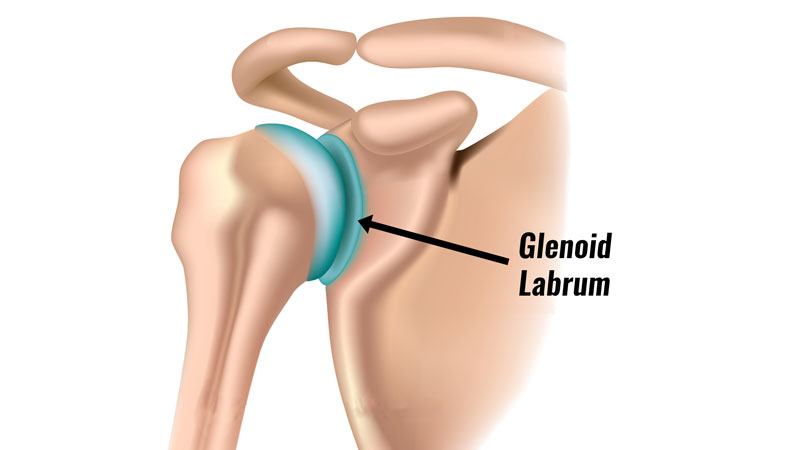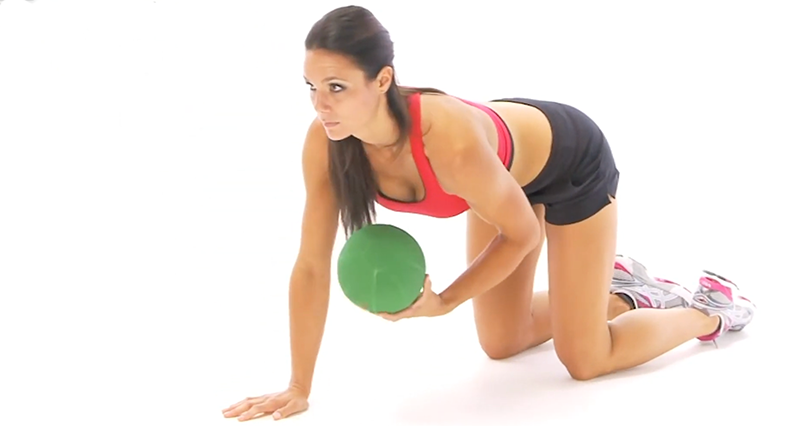Functional shoulder exercises are sports-specific exercises, which more closely relate to day-to-day activities or sports-specific techniques. They are all about the coordination of the joint.
They bridge the gap between basic rehabilitation to normal shoulder function and the more specific demands of sports, such as racket sports or throwing events.
What are functional exercises?
Functional shoulder exercises aim to bridge the gap between basic mobility and strengthening and sports-specific training. Shoulder proprioception exercises are all about the coordination of the joint. Proprioception is our sense and awareness of where parts of the body are.
This sensory information comes from tiny sensors which relay information about the joint position, tension and stretch in the muscles. Following injury, this is damaged and needs to be rehabilitated to prevent future injury, as well as restore the athlete back to optimum physical fitness.
Functional shoulder exercises with a medicine ball
A medicine ball is weighted and usually made from rubber or leather. They are great for functional shoulder rehabilitation and proprioception, as they can be thrown against walls and used for catching drills.
Ball catch exercise
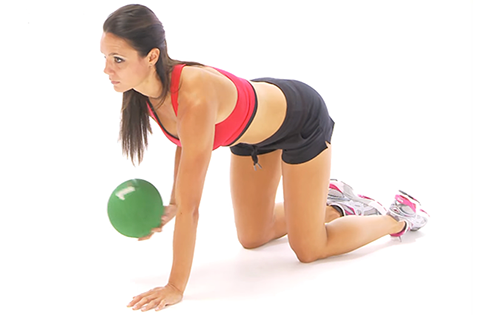
This exercise requires a partner and is on the hands and knees. The aim is to improve general scapular and core stabilization.
Teaching point:
- This exercise requires a partner to throw the ball toward one of the athlete’s hands
- The athlete catches the ball and throws it back
- The partner catches the ball and throws it to the athlete’s other hand
- Throw the ball in an underarm motion
Medicine ball rotation from behind
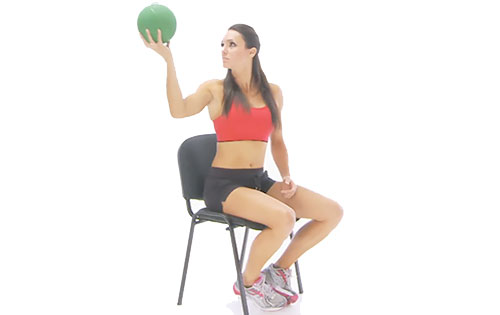
This functional shoulder exercise strengthens the rotator cuff and scapular muscles dynamically.
Teaching point:
- The athlete sits with their back to the therapist, with the arm raised and elbow bent
- The therapist tosses the ball to the athlete, who catches it and controls the rotation of the shoulder, before reversing the movement to throw the ball back
- Keep the elbow in a maintained elevated position
Medicine ball rotation lying
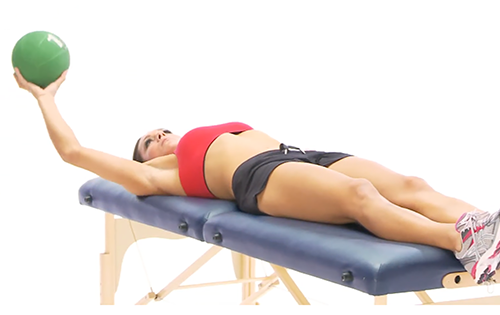
This functional rotator cuff exercise strengthens the rotator cuff muscles of the shoulder.
Teaching point:
- The athlete lies on their back with the arm raised to 90 degrees, elbow bent, and resting the arm on the couch
- The therapist drops the ball from shoulder height and the athlete catches it
- This can quickly be progressed so that the ball is immediately thrown back to the therapist
Medicine ball alphabet
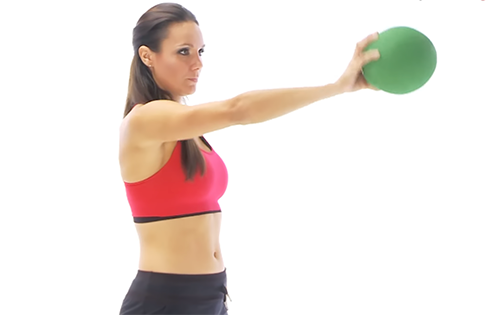
This Medicine Ball drawing exercise strengthens the deltoid and the rotator cuff muscles. It is a shoulder proprioception exercise.
Teaching point:
- With the arm straight in front and slightly to the side, the athlete holds a small ball in their hand
- They then spell out the alphabet with the ball
Chest pass shoulder exercise
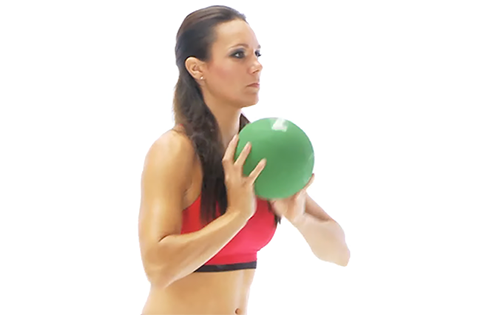
An explosive function shoulder exercise improves the
Teaching point:
- The athlete stands one meter from a rebound net or partner and forcefully throws a medicine ball from chest height with both hands
- They then catch the rebound and immediately throw it again
Seated medicine ball rotation
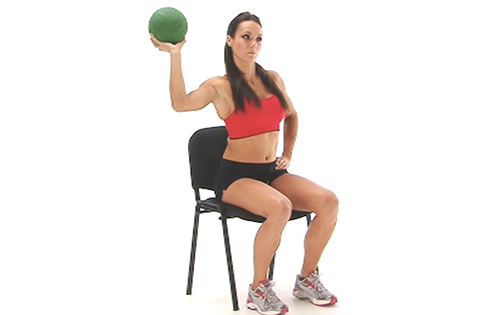
The Medicine Ball Rotation shoulder exercise involves catching and throwing a ball, using internal shoulder rotation to strengthen the rotator cuff muscles.
Teaching point:
- Start in a seated position, with the arm raised to 90 degrees and the elbow bent
- The athlete catches the ball as thrown by the therapist and immediately throws the ball back, maintaining the elevated arm position
Overhead toss
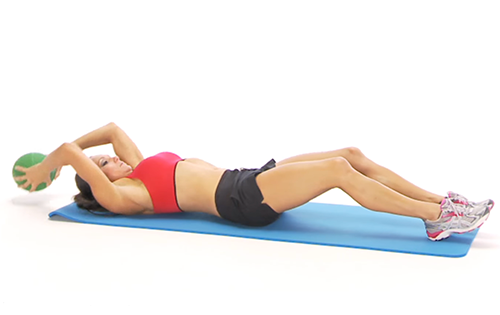
The ‘push’ is performed with the arms straight. Protract the shoulder blades and keep the back around. Bend the elbows to return to the start position and repeat.
This exercise increases the strength of the trunk and shoulders and enhances shoulder coordination.
Teaching point:
- Lying on the floor the athlete throws the ball overhead to the therapist and simultaneously moves into a sit-up position
- The therapist throws the ball back, behind the athlete’s head so that the athlete must reach overhead to catch the ball
Other functional shoulder exercises
Diagonal plane exercises
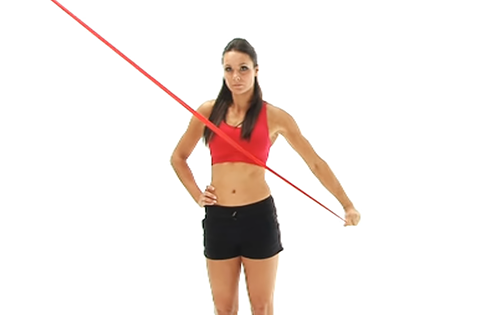
These exercises use a resistance band to strengthen the shoulder and arm muscles, especially the rotator cuff, chest, and upper back.
Teaching point:
- The athlete holds one end of a resistance band starting with the arm raised out to the side above shoulder height
- Pull the arm down across the body so that the hand reaches the other hip
- It is important the athlete maintains joint stability throughout the exercise
Hand walking
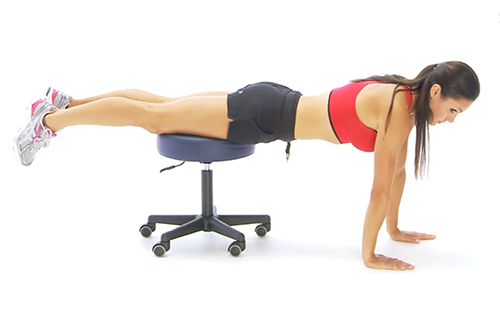
The athlete’s knees are on the floor and the hands are on the belt. You can also use a stool for this exercise.
Teaching point:
- Starting the machine at a very slow speed, the athlete walks their hands forward
- Progress this by increasing the speed and duration of exercise
- You can also perform this exercise with the feet on the floor, rather than on the knees
Push-Up against wall
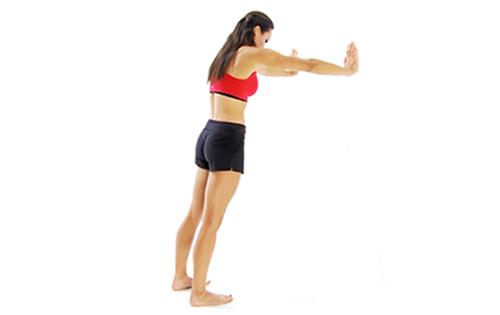
The push-up performed against a wall strengthens the chest muscles. This can also activate the scapula muscles. It can be performed explosively or
Teaching point:
- The athlete stands in front of a wall in the push-up position with the hands shoulder-width apart
- Keep the feet positioned far enough away from the wall to cause the athlete to lean in
- Keeping the hands on the wall at all times, the athlete pushes the body away from the hands
- When the arms are straight the ‘push’ is performed by protracting the shoulder blades and rounding the back
- Bend the elbows to return to the start position and repeat
